Global warming threatens glaciers. In the news time from time slips that one or another icy river is endangered. So the best way is to hurry in order to make sure that the photos do not lie, and the ice really is all shades of blue and pink colors, and not white, as it appears to those who saw it only in the form of icicles, hanging from the roofs of houses.
Biafo Glacier, Pakistan
Due to its secluded location in the heart of a mountainous area in northern Pakistan, the glacier is little touched by civilization. A journey to the edge of the ice plains to the great “Snow Lake” will take several days, which does not seem boring because of the grandeur of the surrounding flora and fauna. Although the hike is designed for non-professionals, it is better to go on it in a good physical shape, or it is very likely that instead of contemplating the primeval beauty of nature, you will, breathing heavily, admire solely the ground under your feet.
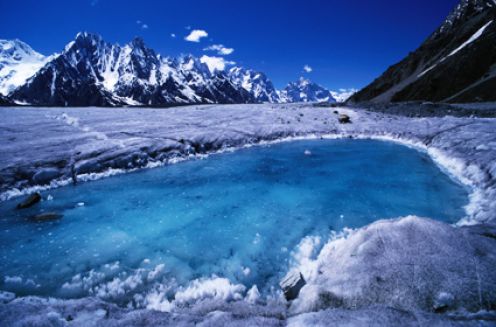
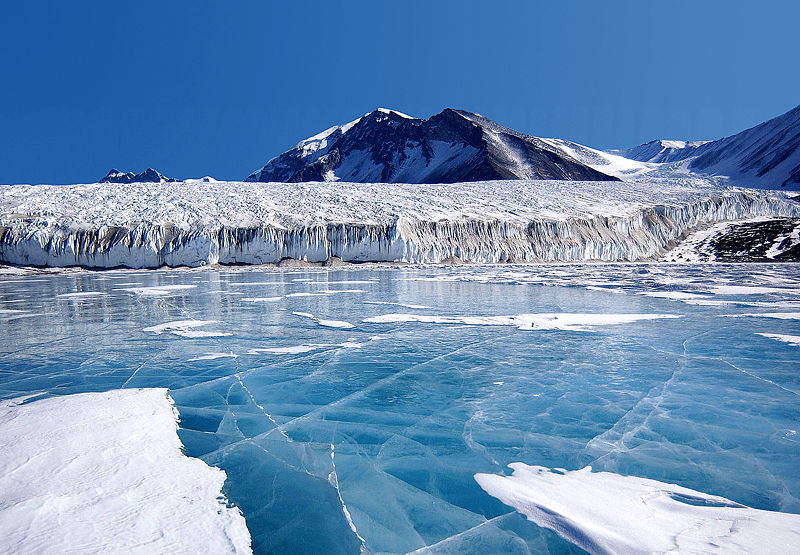
Perito Moreno Glacier, Argentina
In the national park of Lago Argentino, there are 13 entire glaciers, but the most beautiful of them is recognized as Perito Moreno. An ice river of 60 meters height divides the high mountain Lake Argentino into two parts: the Southern Sea and the Rich Sea. Paving a way to the channel through ice, the water of the two seas is gradually destroying it, and thus the tourists can enjoy the spectacle of huge blocks of ice falling into the water. To the more daring, a water trip with unforgettable photographs will be offered. On the territory of the reserve one can easily meet the ostrich-nandu, the guanaco, and even the largest bird in the world – the condor.
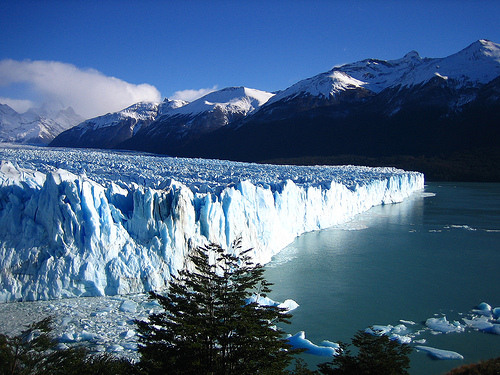
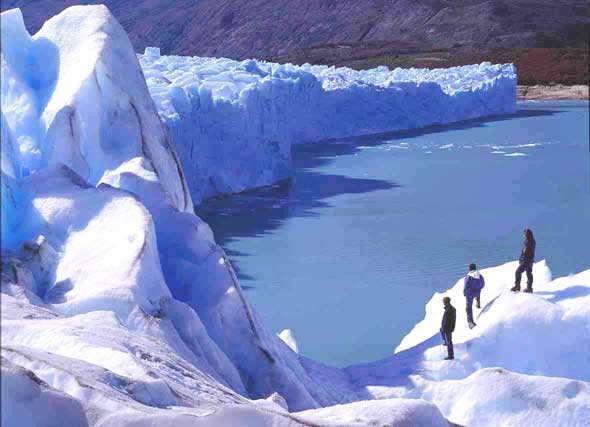
Glacier Bay, Alaska
Glacier Bay – a huge national park on the south-eastern coast of Alaska, is under the protection of UNESCO. Whether through the dislike of Americans to move on their “two”, or because of the small number of roads in the area, walking tours are rarely offered, being replaced by helicopter or airplane tours of the glaciers. However, to observe the sparkling ice, you do not have to leave the hotel, which is located directly on the territory of the park. Another opportunity to enjoy the rearing ice blocks and icebergs, broken away from the edge of the glacier, is to cruise along the coast. While swimming in the vicinity of the reserve one can meet walruses, whales and even dolphins, and in coastal forests deer and bears are found.
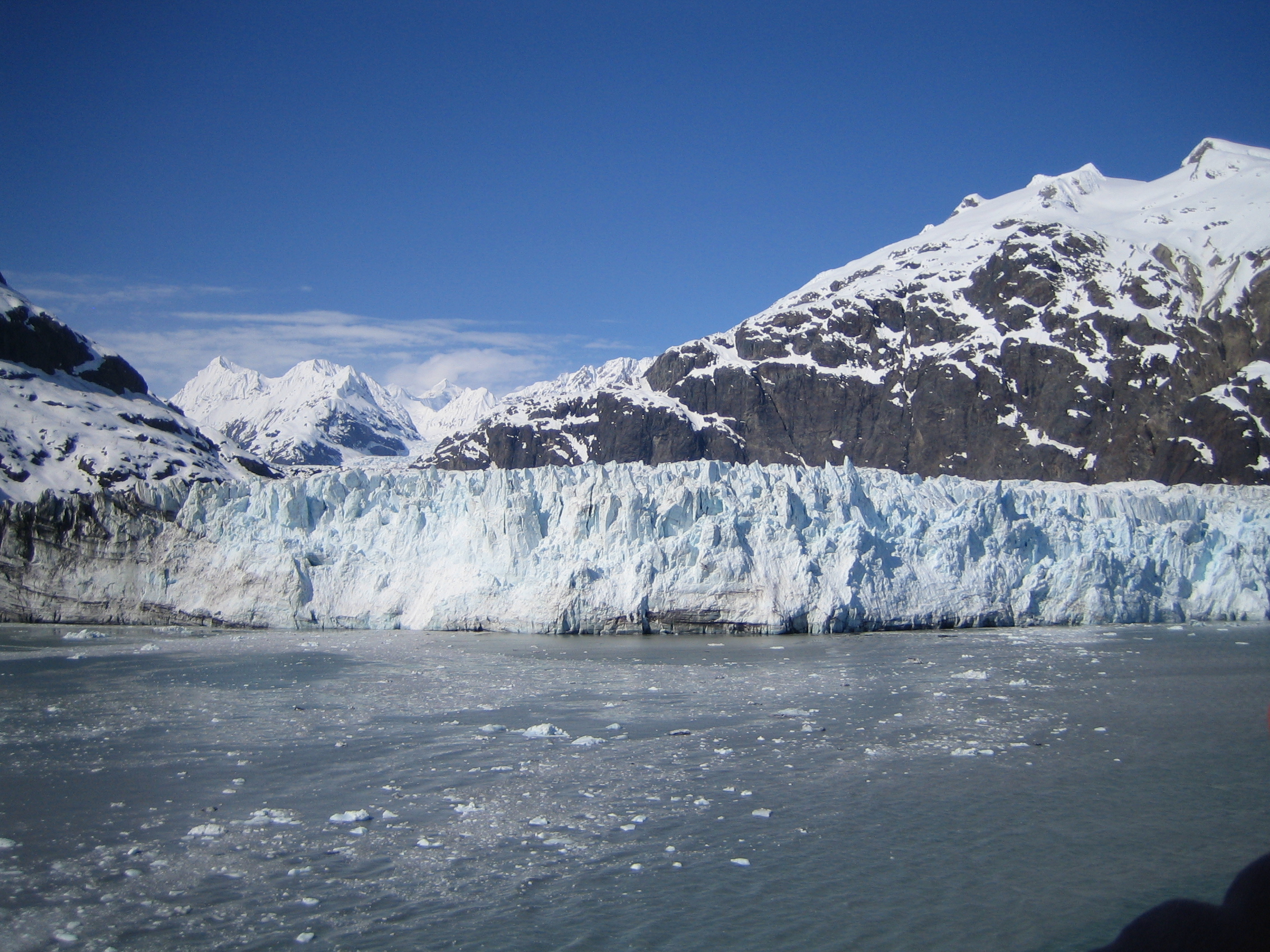
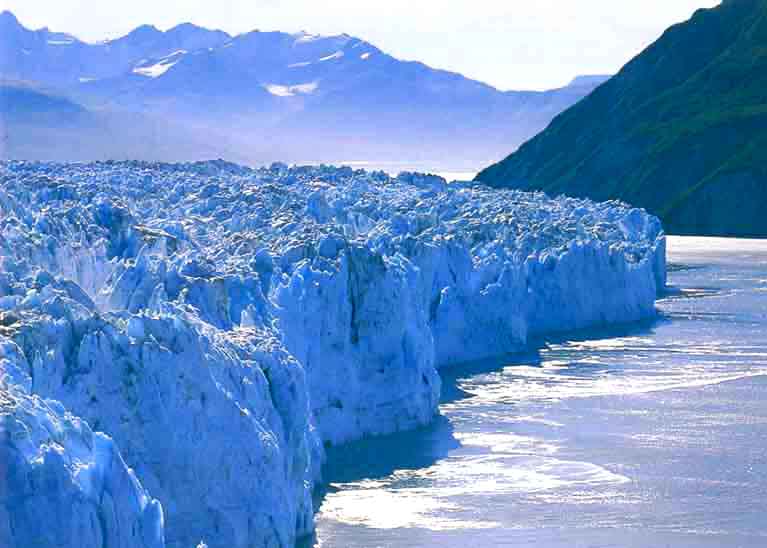
Furtwangler Glacier, Tanzania
Since the beginning of the century the glacier, which is almost on the equator, is gradually melting and according to the predictions of scientists, by 2020, will disappear altogether. Furtwangler is located on the north side of Kilimanjaro, close to the peaks at the altitude of 5000 meters. While climbing the highest peak in Africa is meant for unprepared tourists and climbing skills are not required, to get to the glacier, much less to the top, is not easy. The main problem is the rarefied high air, because of which less than half of travelers gets to the destination, and the rest surrender before, and have to turn back.
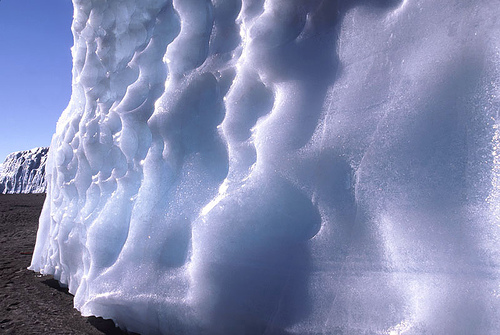
Vatnajokull Glacier, Iceland
The largest glacier of Iceland, about 80% of the total area of the ice cover of the island, got its name exactly thanks to the frozen water. Its huge fields, mottled with cracks, stretch for 8300 square kilometers. With the cold beauty of ice in the center competes the stiffened in fancy bends lava of the neighboring volcanic landscape. Normally you can reach here in a jeep, accompanied by guides, and then everyone can get occupied with what is more to their liking. Favorite tourist activities: climbing on the glacier, descending into ice clefts and bathing in thermal springs under the arches of ice caves, as well as skiing on snow rafts.
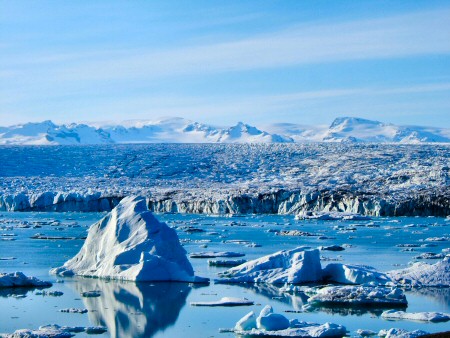
Yulong Glacier, China
Scientists have repeatedly predicted the disappearance of the glacier to the south of China, but a regular monitoring of its movement carried out since 1982, refuted the pessimistic projections: the glacier recedes at a few hundred meters up, then is coming down again, depending on the climatic fluctuations. Currently, the lower limit of the glacier is being held at an altitude of about 4200 meters above sea level, and getting here is not so easy. The air at this height is rarefied, and those who wish to enjoy securely the sparkling blocks of all shades of blue, must be equipped with oxygen masks.
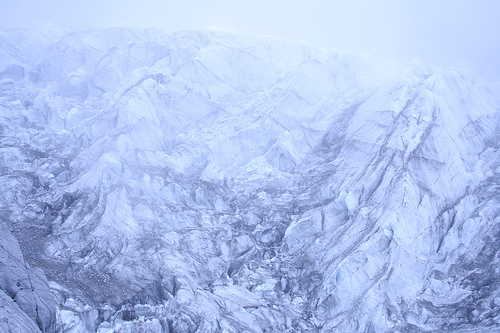
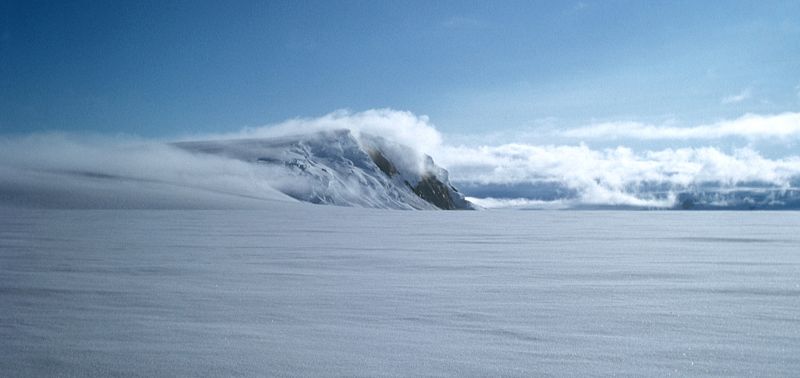
Fox and Franz Josef Glacier, New Zealand
The glaciers, flowing in frozen waterfalls from the western slope of the Southern Alps, come so close to the sub-tropical evergreen forests that their neighborhood seems completely unnatural. To the end of the Franz Josef Glacier, you can slowly walk on foot from the settlement of the same name. And you can fly round the both by helicopter or even land on them.
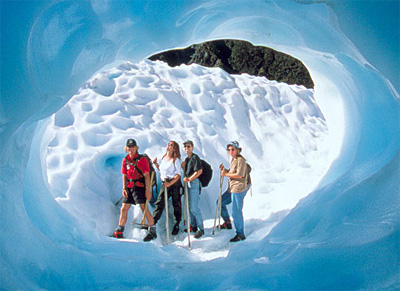
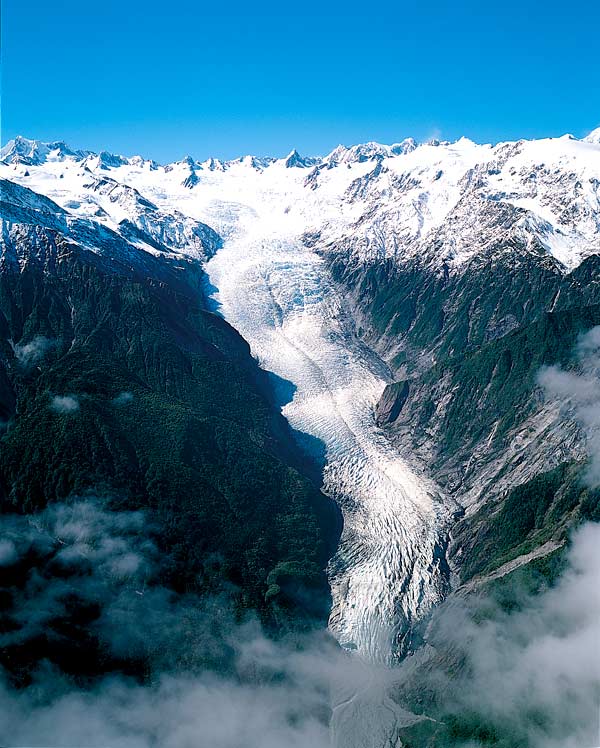
Athabasca Glacier, Canada
Another fast-melting glacier, which is regarded as the most beautiful in North America, in recent years has lost almost half of its bulk. Currently, its length is only about 6 kilometers. As a result of this intensive melting of ice the glacier is constantly on the move and to roam on it alone, unaccompanied by a guide, is expressly prohibited – good chances of landing in a cleft.
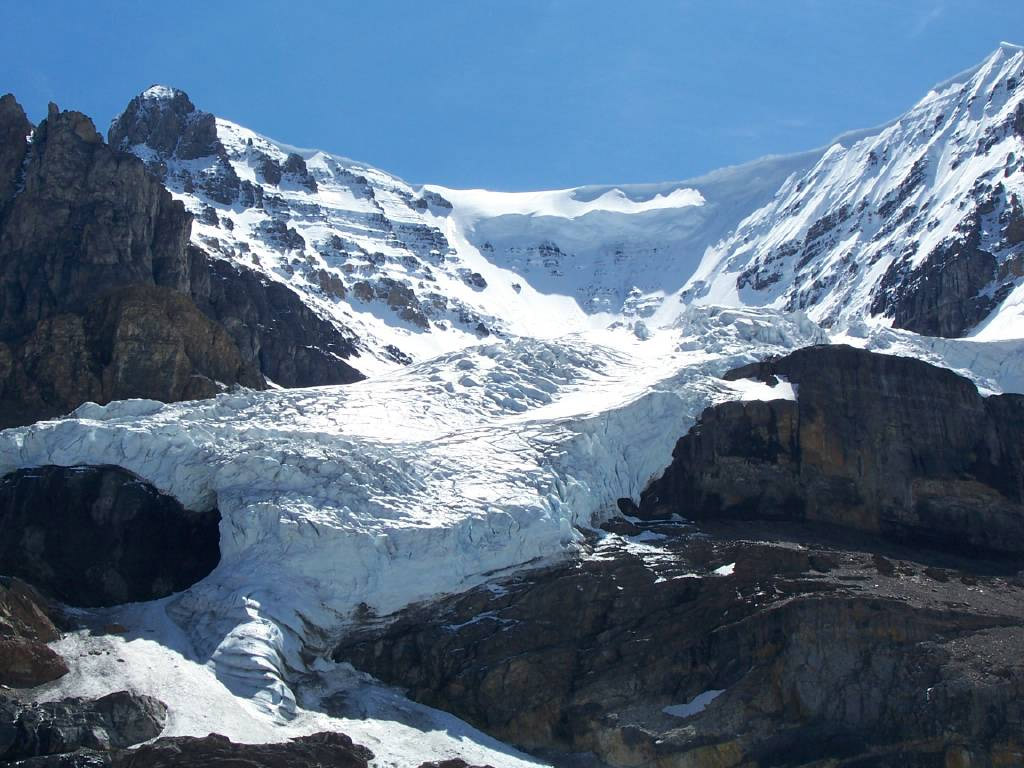
Antarctica
And, of course, more snow and ice can be found in Antarctica and that apparently has been the cause of the increased popularity of the continent in light of global warming. If, within 90 years only 6-7 thousand people got here in the season, in the past year, the number of tourists reached 45 thousand. Accordingly, there was an increase in the number of incidents that could potentially harm the ecology of the region. In this regard, recently the 28 countries that lead the scientific activities in Antarctica, signed an agreement on the limitation of tourism on the continent.
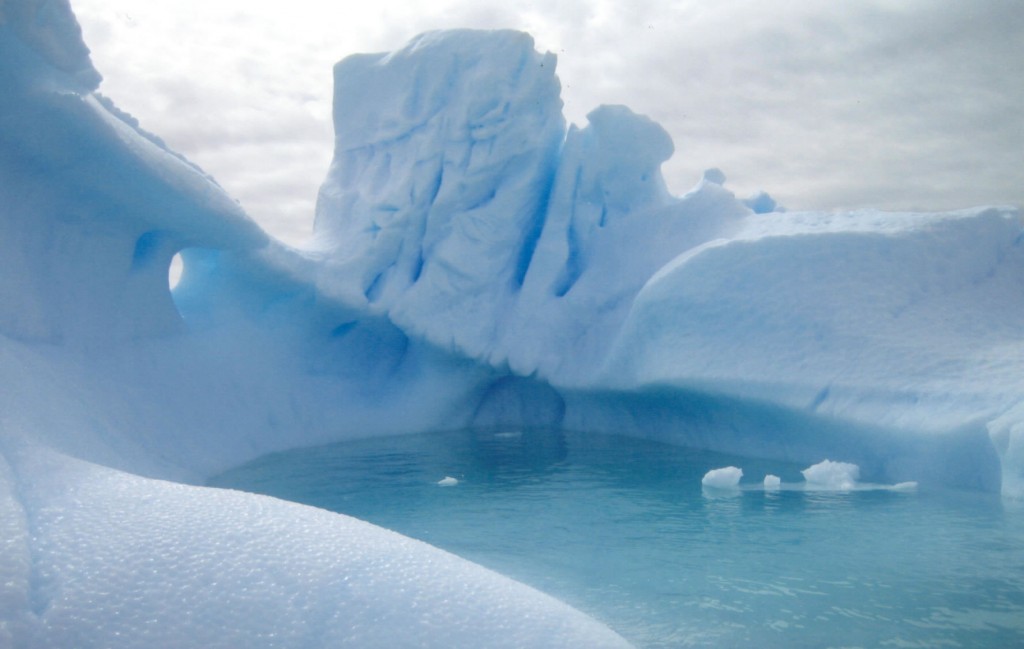
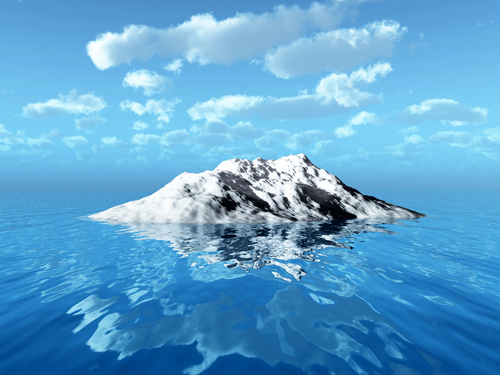

No comments:
Post a Comment